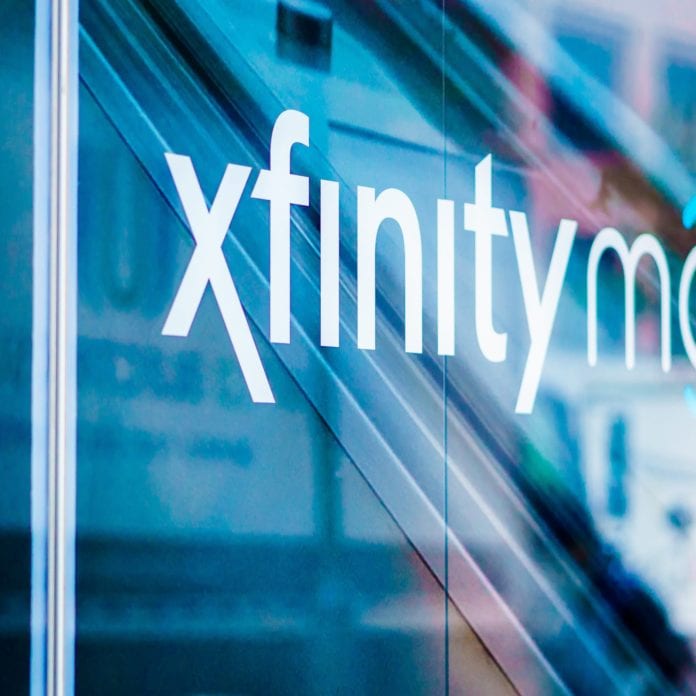Comcast continues to treat wireless as a “strategic priority” within its businesses, and the company expects to see its wireless growth accelerate, according to executive remarks on Comcast’s most recent quarterly call.
Comcast said that it has expanded its MVNO agreement with Verizon and is taking other steps in line with keeping with wireless as a key part of its company strategy, including “leaning into 5G.”
“We’re really excited for 2021, as we’ve recently expanded parts of our MVNO agreement with Verizon that will enable us to improve our range of offerings and acquire more customers more profitably,” Chairman and CEO Brian Roberts said.
CFO Mike Cavanagh said that Comcast expects wireless to accelerate for three reasons: The expansion of the Verizon MVNO agreement, plus the fact that the cable MSO has now “fully integrated mobile into [its] core operations” and refined its market, plus it’s seeing a “nice lift” in retail stores which have now been fully re-opened.
Comcast grew its wireless revenues 36% and added 246,000 net new lines during the fourth quarter of 2020, ending the year with 2.8 million wireless customer lines. Comparatively, Comcast’s business services segment revenues were up 4.8% in the quarter and its high-speed internet revenues grew by 13%. Comcast’s overall revenues were down 2.4% to $27.7 billion for the fourth quarter. The company recorded covid-related severance and restructuring costs of $590 million for the quarter and $828 million for the year.
Comcast expects its wireless business to achieve standalone profitability this year.
Dave Watson, president and CEO of Comcast Cable, said that the improved MVNO relationship with Verizon “will enable us to amplify what we’re already doing, really push towards a range of offers that keep us very competitive. We continue to grab switching share in the mobile space. … Overall, we have been pleased and we’re very optimistic about the mobile business and what it will do.” In particular, he continued, it is helping with broadband customer retention. Watson also said that Comcast is “committed to accelerating growth in mobile” by emphasizing wireless in all of its sales channels, whether that means newly re-opened stores or digital channels, and featuring its wireless offering in conjunction with broadband or specific new products — or as the lead offer in those instances.
“Whether it’s digital, call centers, you name it, we’re really focusing on mobile,” he added, going on to say that Comcast is “leaning into 5G” as it features mobile in its marketing.
Watson described Comcast’s overarching plan as one that starts with access to Verizon’s network, and leveraging Wi-Fi both in the home and in public areas. “Over time, I think the key thing, too, is being able to add a third layer, which could be our own targeted wireless infrastructure which we might use to supplement the Verizon network and really go after the high [density] usage areas [with] spectrum that we’ve already acquired. So, I think all these factors point towards particularly a unique opportunity for us,” Watson concluded.
“We are looking at and working on development plans around the targeted use of the CBRS spectrum in dense high usage areas and how we could offload traffic, how the experience be terrific in doing so? So, nothing more really to comment at this point. This is a multi-year effort, but a lot of focus is on it right now,” Watson added.
That strategy is similar to the one laid out by Charter Communications as well, although Charter was more explicit about its plans to make small, targeted CBRS deployments this year and scale the back-end systems needed to support multiple connectivity options and offload choices for its customers devices.

